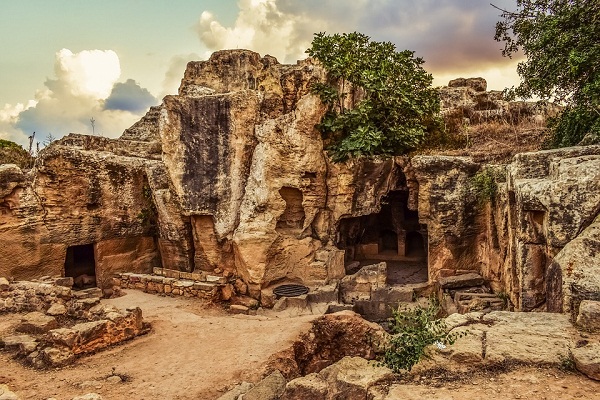Chinese archeologists have discovered 7,400-year-old rice grains at the Gaomiao relic site, which is located in Yanli village near Hongjiang in central China’s Hunan Province, according to Xinhua News. The finding suggests that ancient people in central China were eating rice more than 7,000 years ago.
Archeologists found carbonized rice grains in a stratum that is about 7,400 years old, according to the archeological team. A starch granule was also found on a millstone at this site. He Gang, a researcher with the Hunan Institute of Archaeology, revealed that this millstone also dates from the same period.
“Rice had become a major food source for local residents. We believe it is the earliest rice cultural remains known in western Hunan,” He said.
The Gaomiao Relics site is located in Yanli village, 5 km northeast of Hongjiang, Hunan Province. Chinese archeological team first discovered this site in 1986. The excavation site is spread in an area of about 30,000 square meters. It is basically a shell mound on the northern bank of the Yuan River. The first official excavation here started in 1991, and then two more excavations were carried out in 2004 and 2005. Artifacts unearthed include freshwater snails’ shells, bones of animals (pigs, deer, cattle, bears, elephants, and rhinoceros), white pottery (adorned with the patterns of phoenix), and eight-pointed star images. Joint tombs of tribe leaders and their wives were also discovered at this place.
New archaeological discoveries show that people in central China were already eating rice more than 7,000 years… https://t.co/yDTRHzsIwg
— The Borneo Post (@theborneopost) February 19, 2018
According to Chinaculture, the finding of Gaomiao relics has filled in the archeological blank on the middle and late Neolithic period in western Hunan. This site reveals its connection with the late Paleolithic culture, and also suggests the “mutual influence with the contemporaneous Neolithic culture in Dongting Lake area and Zhujiang Valley.”

